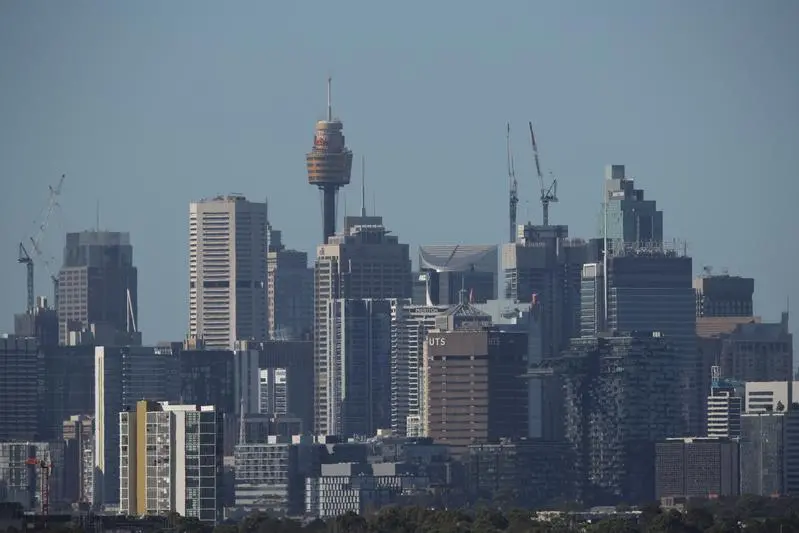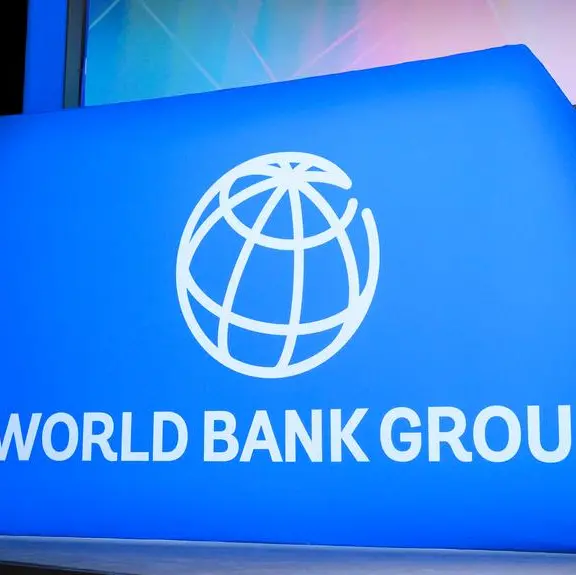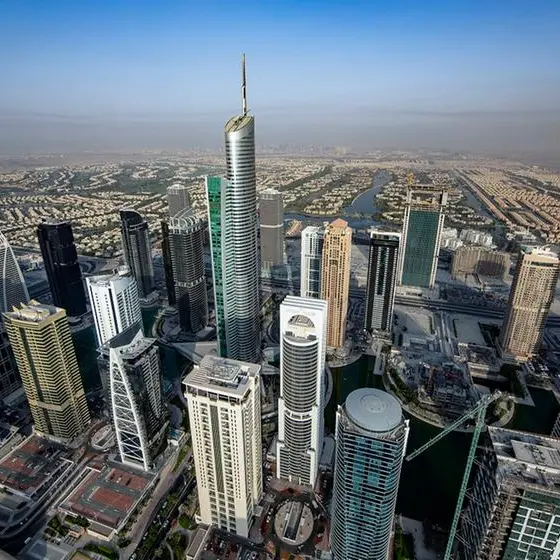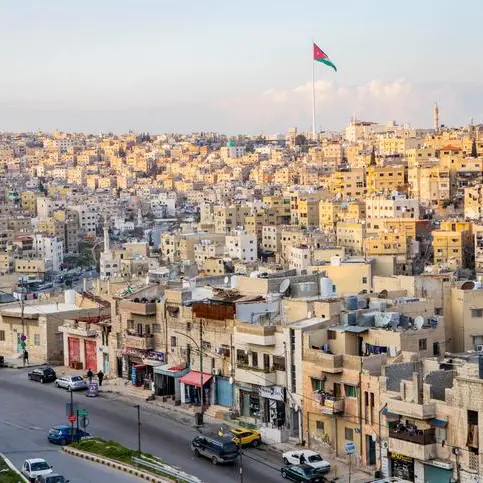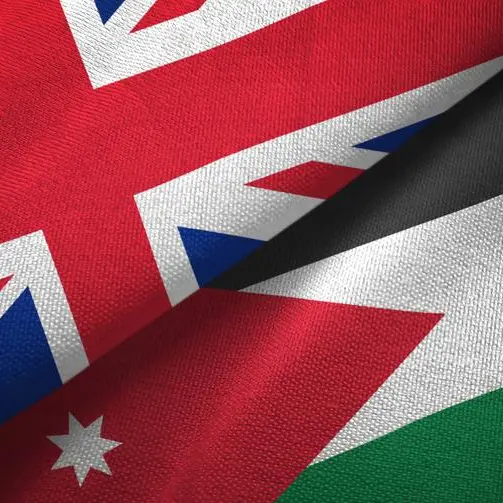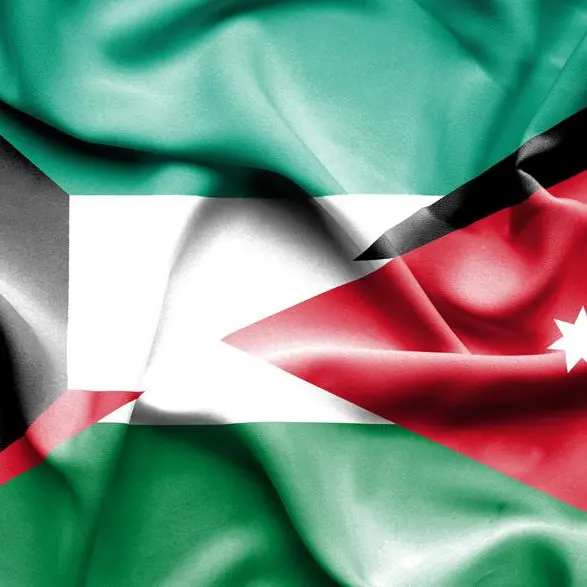PHOTO
(The author is a Reuters Breakingviews columnist. The opinions expressed are his own.)
MELBOURNE - Wonders never cease, or so it seems in Australia. The mounting fiscal and demographic costs of trying to stop the spread of Covid-19 have yet to faze a country conditioned to believe in economic miracles.
Sydney residents will largely be homebound for an extended period after daily case counts soared and Melbourne just entered its sixth lockdown of the pandemic. Harsh restrictions reflect squandered opportunities by Prime Minister Scott Morrison. Closing international borders proved an effective safeguard, but he botched the vaccine rollout. Fewer than one in five Australians is fully inoculated, one of the lowest rates in the developed world.
Curbed economic activity threatens a second recession in just over a year. Even before the recent containment efforts, retail sales fell 1.8% from May to June, the Australian Bureau of Statistics said. The A$2 trillion economy ($1.5 trillion) previously hadn’t suffered two consecutive quarters of contraction for nearly three decades, making it easier to view lockdowns as a minor setback.
The Reserve Bank of Australia certainly does: It surprised markets last week by sticking with a plan to reduce its bond buying from A$5 billion weekly to A$4 billion. And while the RBA trimmed its GDP growth outlook for 2021 by 0.75 percentage points to 4%, it raised next year’s forecast to 4.25% from 3.5%.
Corporate bosses and investors are also upbeat. Australia’s benchmark stock index has gained another 3% over the past month to hit a new high. Online real estate company REA last week reported record profit and Chief Executive Owen Wilson said it was starting the new financial year “with strong momentum, despite ongoing lockdowns.” House prices have been scaling fresh peaks around the country. And buy-now-pay-later company Afterpay was sold to Square for $29 billion in the biggest-ever deal Down Under.
Entrenched optimism, however, overlooks the repercussions of stymied immigration coupled with an ageing population. Australia’s education exports have been dangerously interrupted. And pandemic spending could ultimately push national debt past 40% of GDP. That’s low by international standards, but will be hard to reverse if demographics limit growth. Climate change and a fracturing relationship with China present further burdens. Defying such economic realities will become even more wondrous.
CONTEXT NEWS
- The Reserve Bank of Australia said on Aug. 6 that it expects the country’s economy to grow 4.25% in 2022 and unemployment to fall to 4% by the end of 2023 despite recent outbreaks of the Covid-19 Delta variant that have prompted lockdowns in Sydney, Melbourne and beyond.
- “The experience in both Australia and overseas is that the recent lockdowns have been less damaging to the economy than the lockdown in the first half of last year,” the RBA said in a statement. “This is because business models have adapted to restrictions activity, and the restrictions themselves have generally become more targeted now that more is known about how the virus is transmitted.”
- The RBA surprised markets on Aug. 3 with a decision to proceed with tapering its bond-buying programme from A$5 billion ($3.7 billion) a week to A$4 billion starting in September.
- Australia’s Treasury on Aug. 3 issued research findings that showed tough nationwide lockdowns cost the economy an estimated A$3.2 billion a week, but that looser restrictions would cost more. At a 50% vaccination rate, the direct economic cost of minimising cases would be around $570 million a week, according to the study by the Doherty Institute.
(The author is a Reuters Breakingviews columnist. The opinions expressed are his own.)
(Editing by Swaha Pattanaik and Katrina Hamlin) ((For previous columns by the author, Reuters customers can click on GOLDFARB/ SIGN UP FOR BREAKINGVIEWS EMAIL ALERTS http://bit.ly/BVsubscribe | jeffrey.goldfarb@thomsonreuters.com; Reuters Messaging: jeffrey.goldfarb.thomsonreuters.com@reuters.net))
